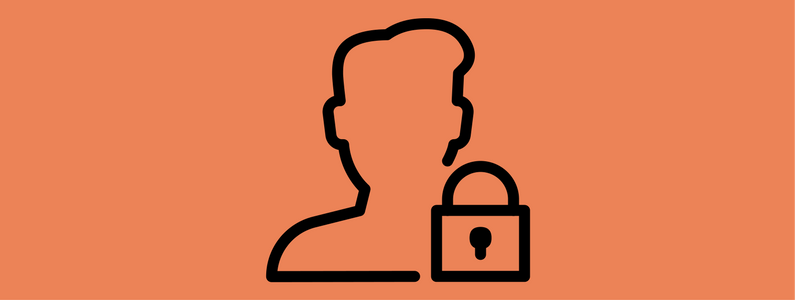Why simplifying your Wi-Fi user login process is important

Are you running a business, like a restaurant, a bar, a shopping mall or a hotel, and do you offer free Wi-Fi to your customers? If so, remember to make it as simple as possible for your users to log into your Wi-Fi hotspot by following some of the recommendations below.
Avoid intrusive questions
If you require users to provide too much private information – location, birthday, interests, etc.- it is more likely that they will abandon the authentication process. Furthermore, considering that customers mostly use their smartphones to navigate online, it makes sense to prioritize intuitive registration methods that can be easily viewed on small screens: asking for an email address is sufficient. Alternatively, if you allow customers to register using Facebook, you can also access some of their personal data (such as gender, location etc,) finally getting the information that you need without putting the Wi-Fi user through a complex login process.
Ask for the right information
When setting up your authentication splash page, think carefully about what personal data you are going to ask for. Customers might find some questions inappropriate and, accordingly, decide to interrupt the login process. For instance, they might hesitate to tell you their gender or phone number when what they want is simply a free internet connection. Or, you can include such questions explaining why you need this information and how you are going to use it, as a way to reassure them about their data privacy.
Offer incentives in exchange for data
As a business owner, you want to retrieve as much user data as possible, so as to better analyze your public Wi-Fi hotspot trend in relation to your business strategic goals. A way to obtain more personal information from your Wi-Fi customers is through incentives. For instance, if you run a clothing shop you can offer a discount on your splash page on a clients’ next purchase if they provide certain personal data, such as age and gender. In this way, you will collect useful data and use it to better segment your audience, while, at the same time, your consumers can benefit from a discount. It’s a win-win strategy! You can use the same approach by asking users to like your Facebook page in exchange for a benefit, i.e. a free coupon. Remember to post this special offer only on your Facebook page, so that it will be available on your Facebook channel only.
Less information for real data
Another reason why the less information required the better is that, according to research from Blue Research, 88% of customers acknowledged they used fake information when creating a new account on websites, which would make the collected data useless for your statistics purposes. This nuisance can be solved by opting for Facebook Wi-Fi, where email are always verified.
Alternatively, if you want to use an email login process, you can rely on free online services that verify the authenticity of email addresses, although users might still opt to leave the process. Indeed, such services generally ask users to go to their email accounts and click on a provided link, which would be perceived as a huge waste of their time. We therefore suggest verifying the truthfulness of data in a second moment, instead of during the authentication process. In any case, don’t be too much bother about misleading data, as it’s absolutely normal that a small percentage of users will refuse to provide their real information.
Avoid passwords
Including a password in your login process doesn’t seem to be the best option either. As a matter of fact, “9 in 10 people [customers] admit they have left a website if they forgot their password or log-in info, instead of answering security questions or re-setting their password”. This would be translated into a missed opportunity for your business in terms of returning users, as you would not be able to engage them enough to come back to your site.
Tedious traditional Wi-Fi user login processes are not generally well-perceived among consumers.
What to do then?
Social login can be the right answer, both for your business and customers.
Indeed, by allowing clients to access your public Wi-Fi hotspot using their existing social networks’ credentials, i.e. Facebook, you can effectively collect valuable information with no effort: for instance, you can access users’ usernames, locations, email addresses, phone numbers, and store this data on your database for analytics.
At the same time, customers would save a lot of time logging on your Wi-Fi hotspot network simply through their social media accounts. Plus, even though users might be required to insert more than once their social credentials, likelihood that they remember their favorite social network’s password are high. Not to mention the beneficial effect on purchasing behaviors: people, indeed, are more keen to purchase a product when their friends have left positive comments and posts about it on their social media walls.
Tanaza can help you increasing your brand awareness and user experience by virtue of its Wi-Fi social login: through the user-friendly Wi-Fi authentication splash page offered by Tanaza, users can access your hotspot using their favorite social network, i.e. Facebook. Also, you can encourage them to like your Facebook page and to “check-in” to connect, two effective ways to further boost your social visibility. In addition, the easy-to-use Tanaza Dashboard allows you to effectively analyze the captured user data and to run your statistics very easily.
Related articles:
https://www.classichotspot.com/blog/facebook-login-vs-form-based-authentication-2-infographic/
https://www.classichotspot.com/blog/how-to-make-the-most-of-your-public-wi-fi-hotspot-data/

